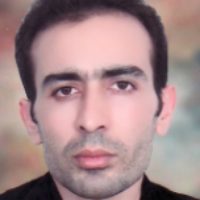Intertextual Analysis of Reflection of Quranic Concepts and Elements in Qaboosnameh Based on Gerard Genette's Theory
Quran's role in the development of Islamic-Iranian literature and civilization is undeniable. An example of this influence is the reflection of the Quran in the content, form, and language of Qaboosnameh led to its richness in many aspects. This paper has investigated intertextual relationships of the Quran and Qaboosnameh in a descriptive-analytical method based on Gerard Genette's theory, and by providing textual evidence, has concluded that the abundance of Quranic themes, wisdom, allegories, and vocabulary in Qaboosnameh indicates the literary, stylistic and linguistic influence of Quran and Onsorolma’ali’s proper use of them in his work. In compliance with the universal educational method of the Quran, despite addressing his son, by creating linguistic, cultural, and thematic diversity, he has addressed all human beings and benefited them from Quranic knowledge. He has used the Quranic wisdom in proportion to chapters, subjects, and audiences in various intertextual ways and expressed them in simple and delightful language. Qaboosnameh's great intertextual relationship with Quran is obtaining, continuing, and extension of its teachings. As a prominent text in Islamic culture and literature, this book has played a media role in the literary and artistic transferring of the Quran's doctrinal, social, and cultural teachings to Persian speakers.
intertextuality , Concepts , Elements , Holy Quran , Qaboosnameh , Genette
-
Feminist criticism and analysis of the movie “The Gray” written by Tahmineh Milani
Mohammadreza Nozarian, *, Ramin Moharami
Journal of Persian Language and Literature, -
Beckett's and Heidegger's Corresponding View on the Issue of Death Based on the EndGame Play
Mahmoud Soufiani, Mohammad Farahmand, , Hossein Asl Abdollahi *
Philosophical Investigations,



